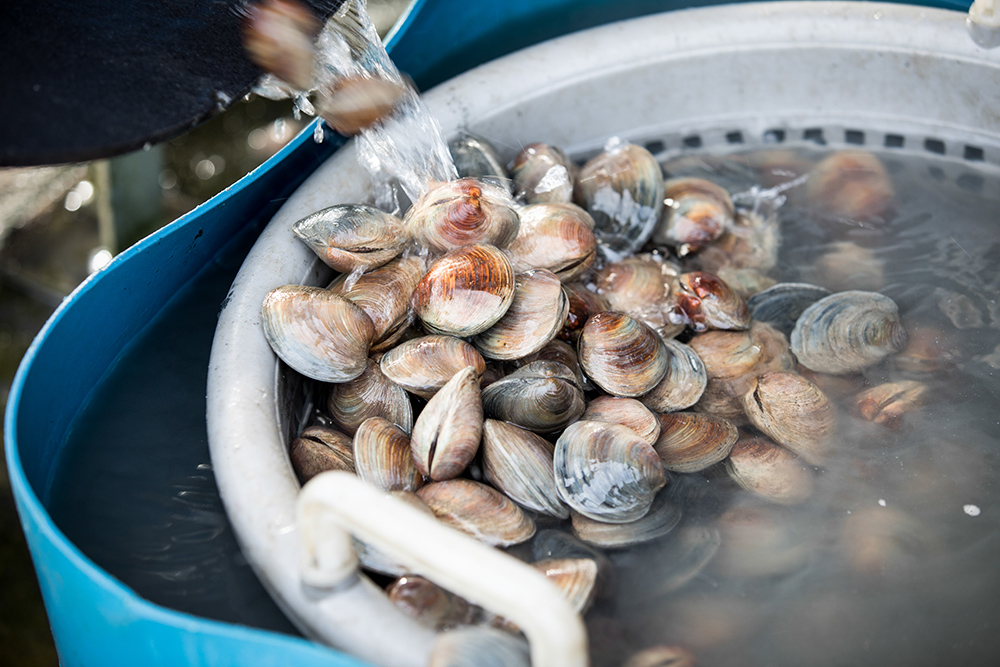'Growing Up in Georgia'
By George Boyhan
University of Georgia
Most common onions not only can be stored for months, but they've historically provided a critical quality: flavor. When societies relied mostly on a single staple crop (and some still do), meals could quickly become rather boring.
Onions' flavor and long storage ability remain important in many parts of the world. In the Indian subcontinent, rising onion prices are enough to bring down the government.
The onion's ability to adapt to many climates has to do with its day-length response. All onions bulb as the days get longer, but different types respond to different day lengths.
'Our' onions
Short-day onions begin to bulb earlier, with relatively short day lengths, which makes them ideal for places with mild winters. Intermediate- and long-day onions respond at correspondingly longer days and are grown in more northerly climates.Onions in Georgia are short-day onions grown to bulb during late winter and early spring for harvest in April and May.
By contrast, intermediate-day onions are planted in late winter for summer harvest, and long-day onions are planted in early spring for fall harvest. This is how onions have found their way around the world.
Georgia's onions came to us from the relatively mild climate of the Mediterranean via Bermuda and then Texas. The early leader in producing mild onions in the United States, Texas supplanted Bermuda as the source of these onions in the early 20th century.
The beginning
These onions became the stock for a breeding program that ultimately resulted in most modern varieties used in Texas and Georgia.The original Vidalia onion was Granex, a variety developed by crossing Grano with Excel. This variety is still used as the descriptor of onions in the Vidalia growing region of Georgia. Granex-type onions are yellow, short-day onions that look slightly flattened.
Another important difference between onion types is their pungency. Short-day onions are high in water and low in pungency compounds, which contributes to their mildness.
The downside to this is their relatively poor storage quality. Intermediate- and long-day onions can be kept for months at room temperature. Short-day onions, though, last only about a month.
Yes, but...
They make up for it with their mild flavor. They can be eaten fresh in salads or to garnish a hamburger. Eating the more pungent intermediate- or long-day onions this way takes a strong constitution.Vidalia onions, in fact, are so mild they can be eaten as a substitute for a baked potato or other side dish with the main meal.
With their rich history and unique adaptability, onions can play be important at dinnertime. So plant some in your garden, and enjoy.
(George Boyhan is an Extension Service horticulturist with the University of Georgia College of Agricultural and Environmental Sciences.)






